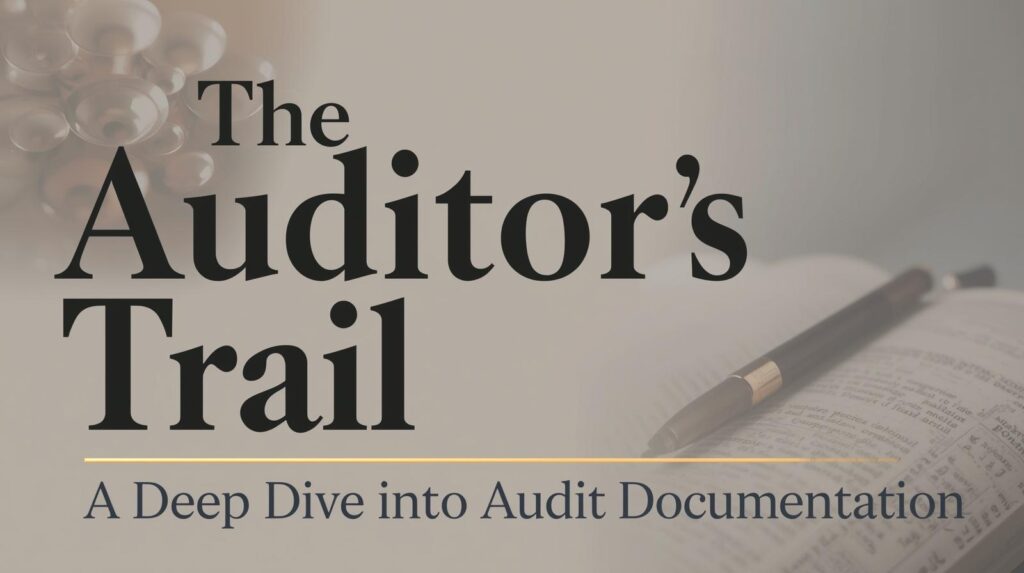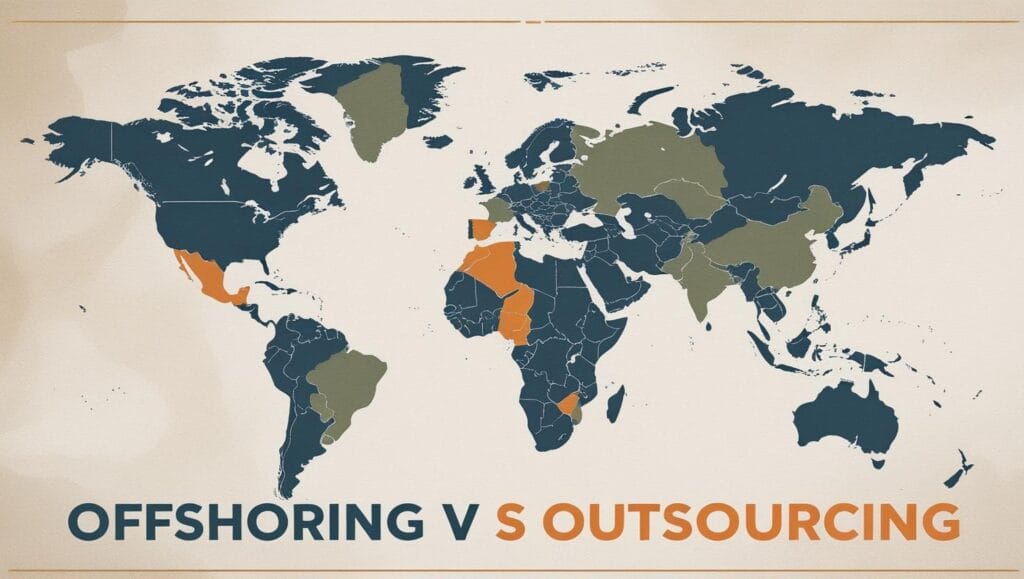Unlocking Business Insights: The Core Objectives of Accounting Statements
Welcome to the backbone of business decision-making. Whether you’re an aspiring entrepreneur, a seasoned investor, a diligent manager, or simply curious about the language of business, understanding the purpose of accounting statements is non-negotiable. These documents are far more than just a collection of numbers; they are the narrative of a company’s financial health, performance, and trajectory. They answer the critical questions: Is this company profitable? Can it pay its bills? Where is its money coming from, and where is it going?
In the United States, this framework is largely governed by the Financial Accounting Standards Board (FASB), which sets the Generally Accepted Accounting Principles (GAAP). The ultimate goal? To provide information that is useful, reliable, and relevant. This post will demystify the core objectives of these vital reports, breaking down their purpose for every stakeholder involved.
Key Takeaways at a Glance
- Primary Goal: The main objective of accounting statements is to provide high-quality financial information that is useful for making economic decisions.
- Key Stakeholders: Information is tailored for investors, creditors, management, regulators, and the public.
- Core Statements: The “big three” are the Income Statement, the Balance Sheet, and the Statement of Cash Flows.
- Decision Usefulness: Statements help in predicting future cash flows, assessing a company’s resources and obligations, and evaluating management’s performance.
- Stewardship Function: They hold management accountable for the resources entrusted to them by owners and investors.
- Compliance and Regulation: Statements ensure adherence to legal and regulatory requirements, like those from the SEC.
The Overarching Objective: Decision Usefulness
At the highest level, the single most important objective of financial reporting is **decision usefulness**. This means that the information presented should empower users to make informed judgments about providing resources to the entity. Think of it as a financial GPS. Before you invest your capital (the fuel) into a company (the vehicle), you want to see its map—where it has been, where it is now, and where it’s likely to go.
The FASB, in its Statement of Financial Accounting Concepts No. 8 (CON 8), explicitly states this: “The objective of general purpose financial reporting is to provide financial information about the reporting entity that is useful to existing and potential investors, lenders, and other creditors in making decisions about providing resources to the entity.” These decisions typically involve buying, selling, or holding equity and debt instruments, and providing or settling loans and other forms of credit.
Drilling Down: The Specific Objectives of Accounting Statements
While “decision usefulness” is the umbrella term, it’s supported by several more specific, foundational objectives. Let’s explore these pillars that give financial statements their power and purpose.
Objective 1: Reporting on Financial Position
The first core objective is to provide a clear snapshot of a company’s financial health at a single point in time. This is the primary function of the Balance Sheet (also known as the Statement of Financial Position).
What it Shows:
The Balance Sheet presents a company’s resources (Assets) and its claims to those resources (Liabilities and Equity). It is built upon the fundamental accounting equation:
$Assets = Liabilities + Equity$
- Assets: These are the economic resources the company owns, which have future economic value. Examples include cash, inventory, buildings, and machinery.
- Liabilities: These are the company’s obligations to other parties. They represent what the company owes. Examples include loans, accounts payable, and wages owed to employees.
- Equity: This is the residual interest in the assets after deducting liabilities. It represents the ownership stake in the company.
Why it Matters:
By analyzing the Balance Sheet, stakeholders can assess a company’s liquidity (ability to meet short-term obligations), solvency (ability to meet long-term obligations), and overall financial flexibility. An investor might look at the debt-to-equity ratio to gauge risk, while a lender would scrutinize current assets versus current liabilities to determine creditworthiness.
“The balance sheet is not a statement of what a business is worth. It is a statement of the assets that a business controls and the claims against those assets.”
Objective 2: Reporting on Financial Performance
If the Balance Sheet is a snapshot, the Income Statement is the movie. Its objective is to show how profitable a company was over a specific period (e.g., a quarter or a year). It’s a summary of the company’s revenues, expenses, gains, and losses.
What it Shows:
The Income Statement (also called the Profit and Loss or P&L statement) follows a simple formula to arrive at the all-important “bottom line”:
$Revenues – Expenses = Net Income$
- Revenues: The income generated from normal business operations (e.g., sales of goods or services).
- Expenses: The costs incurred to generate those revenues (e.g., cost of goods sold, salaries, rent, marketing).
- Net Income (or Net Loss): The residual amount after all expenses have been subtracted from all revenues. This profit is either retained by the company for growth or distributed to shareholders as dividends.
Why it Matters:
The Income Statement is the primary tool for evaluating a company’s profitability and operational efficiency. Investors use it to assess past performance and make predictions about future earnings. Management uses it to identify underperforming segments, control costs, and set pricing strategies. Are sales growing? Are profit margins healthy? The Income Statement holds the answers.
Objective 3: Reporting on Cash Flows
Profit is an opinion, but cash is a fact. A company can be profitable on paper (according to the Income Statement) but still go bankrupt due to a lack of cash. The Statement of Cash Flows addresses this by tracking the movement of actual cash into and out of the company over a period.
What it Shows:
This statement breaks down cash activities into three main categories:
- Operating Activities: Cash generated from the principal revenue-producing activities of the business. This is the lifeblood of the company.
- Investing Activities: Cash used for or generated from the purchase and sale of long-term assets and other investments (e.g., buying equipment, selling property).
- Financing Activities: Cash flows resulting from transactions with owners and creditors (e.g., issuing stock, paying dividends, taking out or repaying loans).
Why it Matters:
This statement provides crucial insights into a company’s ability to generate cash, meet its obligations, fund its operations, and make investments. A healthy company should consistently generate positive cash flow from its operations. Negative cash flow from operations can be a major red flag, even if the Income Statement shows a profit. It helps answer questions like: How is the company funding its growth? Is it able to pay its dividends with cash from operations, or is it borrowing to do so?
The Stewardship Objective: Holding Management Accountable
Another critical, though often-subsumed, objective is **stewardship** or **accountability**. The owners of a company (shareholders) entrust its resources to management. Financial statements are the primary report card used to evaluate how well management has discharged this responsibility.
By providing a transparent view of financial performance and position, these statements allow shareholders to:
- Assess Managerial Competence: Have managers used the company’s assets effectively to generate profits?
- Evaluate Strategic Decisions: Did the big investment in a new factory pay off? Was the acquisition of a competitor successful?
- Determine Compensation: Executive bonuses and compensation are often tied directly to the financial results reported in these statements.
Without this objective, there would be a significant information asymmetry between managers and owners, making it difficult for markets to function efficiently and for owners to protect their investments.
Who Uses Accounting Statements and Why? A User-Centric View
The objectives of accounting are best understood by looking at who uses the information and for what purpose. The audience is diverse, and each group has a unique focus.
| Stakeholder Group | Primary Interest | Key Questions Answered |
|---|---|---|
| Investors (Current & Potential) | Return on Investment (ROI) and Future Profitability | Is the company a good investment? What are its future earnings prospects? Should I buy, hold, or sell the stock? |
| Creditors & Lenders | Creditworthiness and Ability to Repay Debt | Can the company pay back its loans? What is its level of financial risk? What are the terms of the loan I should offer? |
| Management | Performance Evaluation and Strategic Planning | Which product lines are most profitable? Are we managing costs effectively? How should we budget for next year? |
| Government & Regulatory Agencies (e.g., SEC, IRS) | Compliance and Taxation | Is the company complying with financial reporting laws (like GAAP)? Is it paying the correct amount of tax? |
| Employees & Labor Unions | Job Security and Compensation | Is the company financially stable? Can it afford pay raises or better benefits? |
| Customers | Long-term Viability of the Supplier | Will this company be around to honor its warranties and provide future support for the products I buy? |
Conclusion: The Foundation of Economic Trust
The objectives of accounting statements are not merely academic exercises; they are the bedrock of a functioning market economy. They create a common language for business, fostering transparency, accountability, and trust. By providing a clear view of a company’s financial position, performance, and cash flows, these reports empower stakeholders to allocate their resources efficiently, which in turn fuels economic growth and stability.
Ultimately, a well-prepared set of financial statements tells a story. It’s a story of strategy, execution, challenge, and opportunity. Learning to read and interpret this story is one of the most valuable skills in the modern world, transforming abstract numbers into actionable intelligence.
Frequently Asked Questions (FAQ)
What is the difference between an objective and a qualitative characteristic of accounting?
The objective is the “why”—the fundamental purpose of financial reporting (i.e., to provide useful information for decision-making). The qualitative characteristics are the “how”—they are the attributes that make the information useful. The two main characteristics are Relevance (the information can make a difference in a decision) and Faithful Representation (the information accurately depicts the economic reality).
Are the objectives the same for non-profit organizations?
Largely, yes, but with a different focus. The core objective is still decision usefulness. However, for non-profits, users (like donors and grantors) are more interested in assessing the services provided by the entity and its ability to continue providing those services. The focus shifts from profitability to mission fulfillment and stewardship of donated funds.
How does GAAP relate to the objectives of accounting?
Generally Accepted Accounting Principles (GAAP) are the specific rules, standards, and procedures that companies must follow when preparing their financial statements in the U.S. GAAP is the framework designed to achieve the objectives of accounting. It ensures that the financial information is consistent, comparable, and reliable, thereby making it useful for decision-making.
Why is the Statement of Cash Flows so important if the Income Statement shows profit?
The Income Statement uses accrual basis accounting, which recognizes revenues when earned and expenses when incurred, regardless of when cash is exchanged. A company could make a huge sale on credit, boosting its net income, but have no cash to pay its employees. The Statement of Cash Flows uses cash basis accounting, tracking actual cash movements. It provides a reality check on a company’s liquidity and solvency.

